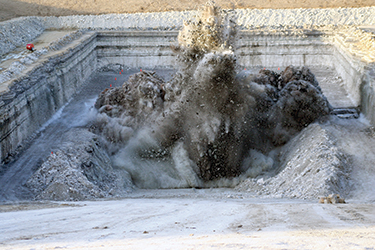 Click to enlarge
Click to enlargeCourtesy Dykon Blasting Corp. Minnesota Explosives manufactures bulk explosives for blasting taconite rock.
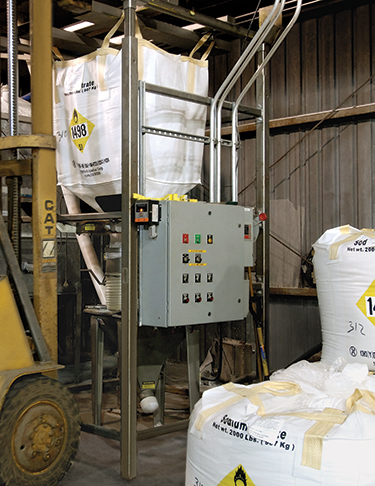 Click to enlarge
Click to enlargeA bag-lifting frame is connected to the straps on the bulk bag and hoisted by a forklift into a cradle at the top of the unloader frame.
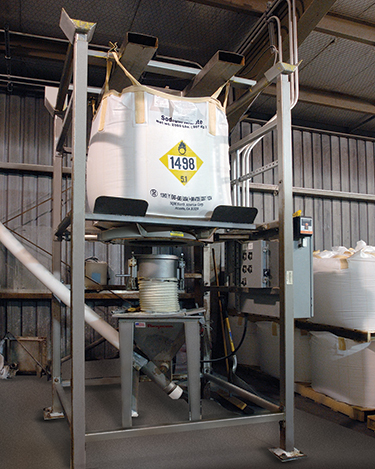 Click to enlarge
Click to enlargeThe unloader employs POP-TOP™ bag extension devices that stretch the bag into a cone shape as it empties, promoting total discharge of sodium nitrate granules.
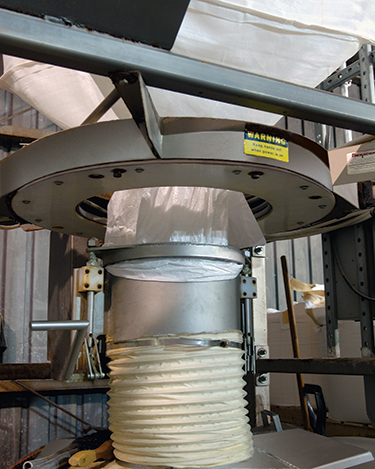 Click to enlarge
Click to enlargeA SPOUT-LOCK® clamp ring creates a high integrity seal between the clean side of the bag and the clean side of the equipment, while a TELE-TUBE® telescoping tube maintains tension on the spout to elongate the bag as it empties and elongates, promoting complete discharge.
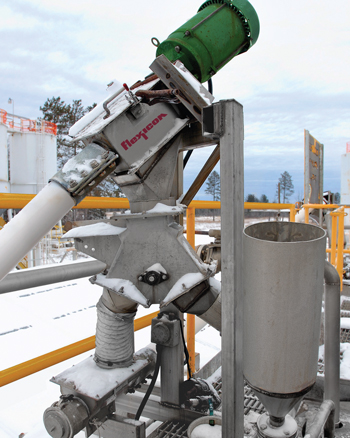 Click to enlarge
Click to enlargeA diverter valve directs material from the second conveyor directly into one blending tank, or into a third conveyor that discharges into another tank.
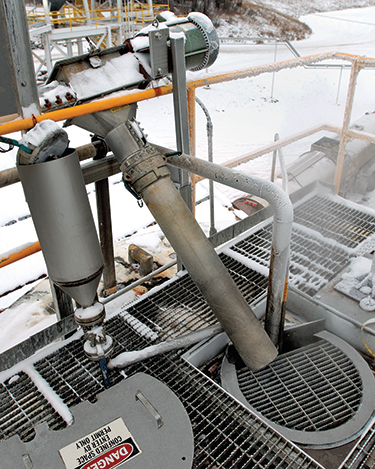 Click to enlarge
Click to enlargeMaterial passes through the diverter valve and is charged to the first blending tank through a delivery tube.


 Click to enlarge
Click to enlarge Click to enlarge
Click to enlarge Click to enlarge
Click to enlarge Click to enlarge
Click to enlarge Click to enlarge
Click to enlarge Click to enlarge
Click to enlarge